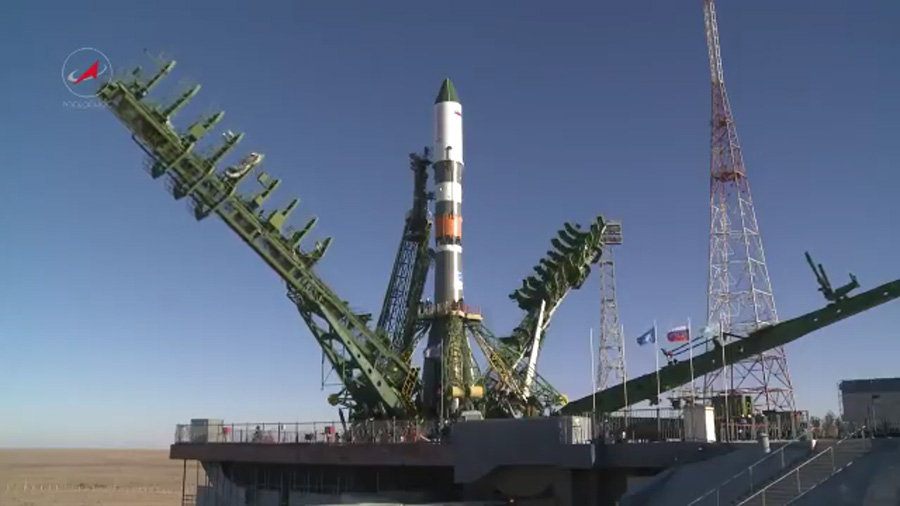
Launch of the Russian Progress 68 cargo craft has been scrubbed for today. The next launch attempt will be no earlier than Saturday Oct. 14 at 4:46 am EDT (2:46 p.m. local time in Baikonur). Following a 34-orbit, two-day trip, Progress 68 would arrive at the Pirs Docking Compartment of the International Space Station for docking on Monday, Oct. 16. Roscosmos technicians in Baikonur are analyzing the cause of the scrubbed launch.
To join the conversation about the space station and Progress 68 online, follow @space_station on Twitter.

Howdy NASA,
The launch of a Russian cargo craft has been scrubbed, it is just another life experiment grants us un opportunity to expect what may occur in future’s missions during return of our crew members from the Moon or Mars etc, therefore should never ignore the effects of the environment generally and a reduce of the temperature determinedly of the technical operations of these spacecrafts,
Because these machines and engines are design to make their functions at Earth’s environment circumstance which nearly a standard circumstance of unique case of the operations, ( NIST uses a temperature of 20 °C and an absolute pressure of 1 atm ), these circumstance are not the same every time and every where, therefore whenever the circumstances are different results will also be different, either during missions on the Earth or during space journeys.
therefore it’s important to make an extra plans and emergency plans to rescue our crew members during their return to the Earth, if unexpected episode occurs during their missions.
Remember the average temperature on the Moon (at the equator and mid latitudes -183 degrees Celsius at night, to 224 and 106 degrees Celsius) during the day.
Remember the average temperature on the Mars, with a common value being −55 °C Surface temperatures may reach a high of about 20 °C and a low of about −153 °C at the poles.
Extra researchs required to determine the effects of extreme reduce of the temperature upon the mechanical, physical and chemical characteristics of the material in order to design engines according to these data to produce machine satisfy the requirements during the long space journeys missions while the temperature reduces extremely.
Good luck.